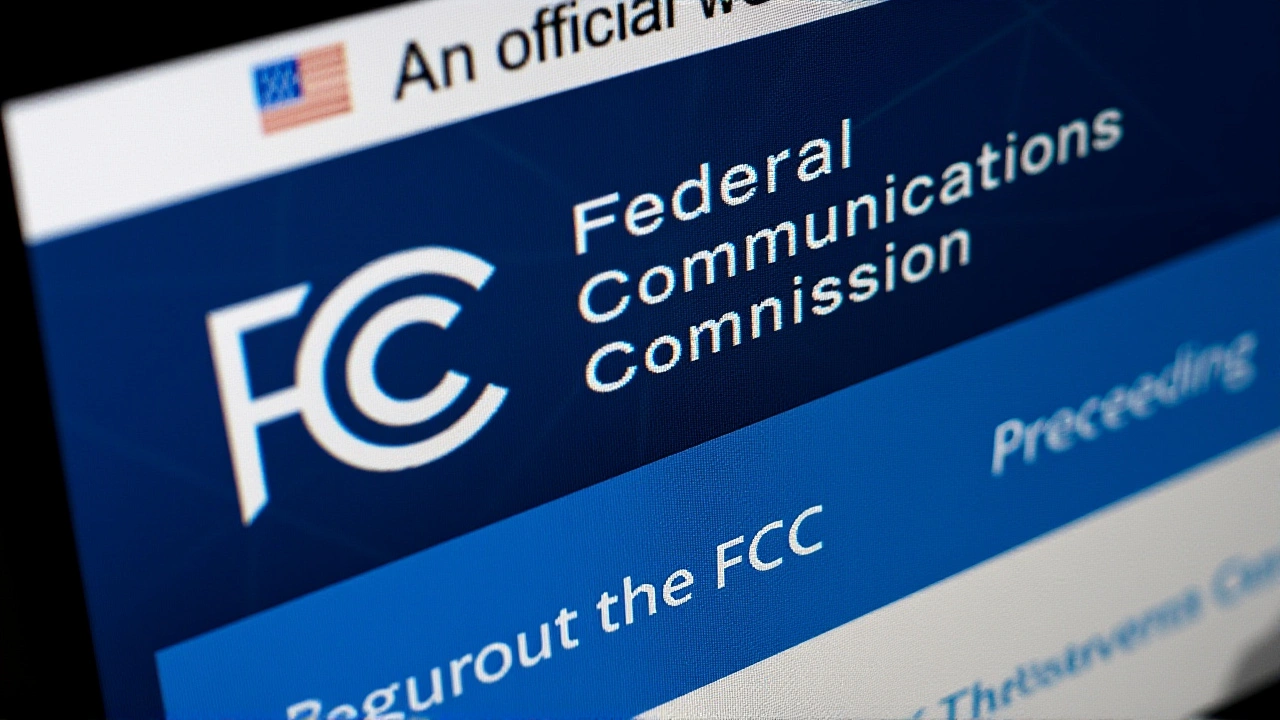FCC – Football Club Competition
When we talk about FCC, we mean Football Club Competition, a structured series of matches where professional clubs compete for titles at national or continental levels. It’s the framework that turns a local derby into a story that fans across continents follow. In simple terms, a Football Club Competition includes league play, cup tournaments, and sometimes qualifying rounds that decide who gets to play on bigger stages. This definition sets the stage for everything you’ll see below – from league triumphs in England to African cup clashes and European showdowns.
Key Leagues and Tournaments Shaping the FCC Landscape
The most visible slice of the FCC world is the Premier League, England’s top‑flight league where 20 clubs battle each season for the crown. Its high‑profile matches and massive TV deals make it a trend‑setter; a win in the Premier League often raises a club’s market value, influences transfer fees, and even affects how clubs perform in European contests. Across the channel, the Champions League, UEFA’s premier continental tournament featuring the best clubs from Europe pushes the performance bar even higher. Clubs that excel in their domestic FCCs earn the right to test themselves against continental rivals, creating a feedback loop where domestic success fuels continental ambition.
Moving to Africa, the CAF Confederation Cup, the second‑tier club competition on the continent, offers a different flavor of FCC action. While it doesn’t have the glamour of the Champions League, it still drives fierce competition, especially for clubs in nations where league resources are limited. The tournament’s knockout format means any slip‑up can end a campaign, so teams often field their strongest line‑ups, turning the competition into a showcase of emerging talent. This African perspective adds depth to the FCC ecosystem, reminding us that club competition isn’t just a European or South American story.
In France, Ligue 1, the French top division where clubs like Marseille and PSG vie for glory provides another angle on FCC dynamics. The league’s mix of big‑spending clubs and gritty mid‑table sides creates unpredictable matches that often ripple into the Champions League and Europa League. French clubs also tend to develop young talent that later moves to bigger leagues, illustrating how FCCs act as talent pipelines. Meanwhile, across the Atlantic, Major League Soccer, the United States’ top professional league that’s rapidly growing its profile shows how FCCs can evolve. MLS clubs now compete in the CONCACAF Champions League, adding another layer where North American clubs test themselves against Mexican and Central American powerhouses.
All these entities connect through a few core relationships. First, a Football Club Competition encompasses league play (like the Premier League) and cup tournaments (like the Champions League). Second, success in a domestic competition requires strong squad depth, smart transfers, and consistent tactical planning – factors that appear in the articles about player moves and managerial changes. Third, the performance of clubs in one competition influences their eligibility and seeding in another, as seen when a top‑flight finish secures a Champions League spot. Understanding these links helps readers see why a single match in the Premier League can reshape the entire European competition map.
Below you’ll find a curated set of stories that dive into each of these areas: league title battles, shocking cup defeats, big‑ticket transfers, and the personalities shaping the game. Whether you follow the Premier League, chase CAF action, or keep an eye on MLS growth, the collection offers a snapshot of how Football Club Competition drives the global football narrative today.

